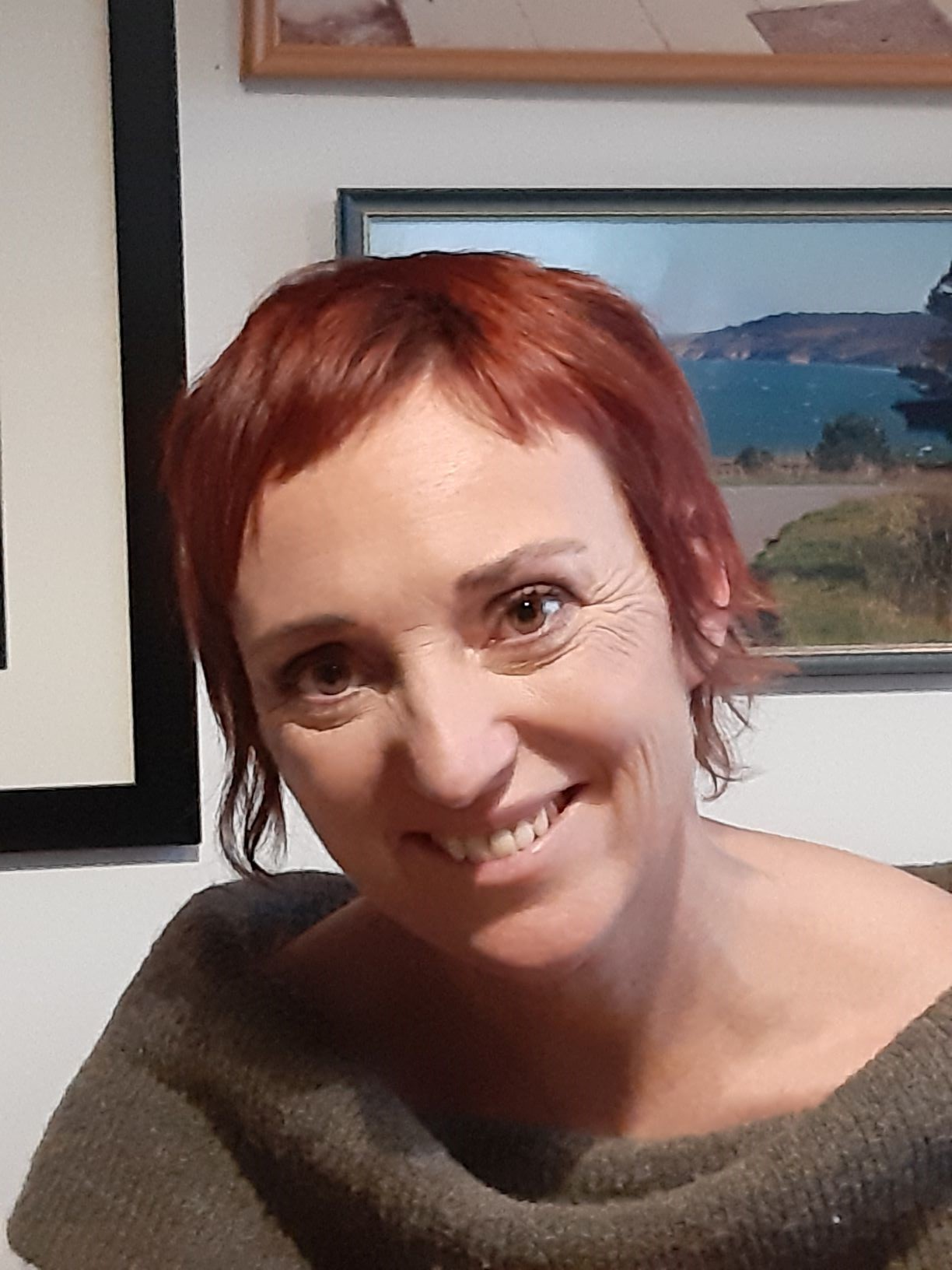 VUFC invites you to a research lecture by dr. prof. dr. Katja Hrobat on Silenced, conflict memories and contested heritages. The case of »Istrian exodus« in Slovenia.
VUFC invites you to a research lecture by dr. prof. dr. Katja Hrobat on Silenced, conflict memories and contested heritages. The case of »Istrian exodus« in Slovenia.
March 16, 2022, 4pm EET / 3 PM CET, online
Reserve a seat and access the event link: https://www.eventbrite.com/e/the-case-of-istrian-exodus-in-slovenia-tickets-269485547527
About the lecture
The lecture will present the findings of the recently published book entitled “In the silence of Memory. ‘Exodus’ and Istria”, which on the basis of individual and collective memories, deals with a taboo subject in Slovenian history, the so-called exodus of the (mostly) Italian population from Istria after the Second World War.
The book deals with the troublesome, ‘undigested’ and silenced past of the multi-ethnic border region of Istria. The post-WWII Istria represents an excellent case-study of an almost complete transformation of urban population, that occurred due to specific political circumstances and new state borders after the war in which the ethnic homogenization of nation states was a priority. It deals with "Istrian exodus", the mass migrations of (mostly) Italian population after the WW II from Yugoslavia and its consequences. The anthropological research shifts the usual attention from the migrants to the emptied spaces left behind them, focusing on the restoration of a new society of the remained and the immigrants who settled in the “empties” towns.
While the story of the massive Italian migrations has become the base of the Italian victimisation discourse, the memories of those who remained in Yugoslavia and the immigrants in the emptied space remained in silence, excluded from both national discourses, Slovenian and Italian. In the aftermath of the “exodus” the Italians in Istria felt “at home, but foreigners” due to their broken social ties and the completely new social and linguistic environment, furthermore being collectively criminalized for fascist violence.
The research, based on individual memories, addresses difficult pasts, silences and competing national discourses, based on victimisations, the reasons to stay or leave, the fluidity of border ethnic identities, the renewal of the Istrian society with its new social relations, the appropriations and interruptions of histories, dominant and marginal heritage discourses. This book may be seen in the direction of self-critical reflections on an ignored chapter in national histories. It calls for courage to confront our own ignored memories, to overcome the stereotypes of the black and white history and for a need to let the silence speak.
In line with the project “Contested heritage, memory, and identity practices: Eastern European and global contexts” the author will pay more focus on the aspects of contested heritages and silenced memories.
Speaker
 Associate prof. phd. Katja Hrobat Virloget is a lecturer and researcher at the Faculty of Humanities University of Primorska, where she is currently Vice-Dean for Research and Head of the Department of Anthropology and Cultural Studies. Her research interests include migration and population movements, anthropology of memory, heritage studies, narrative tradition, mythical landscapes, and interdisciplinary research. Her book In the Silence of Memory (2021) aroused great interest in the general public due to the breaking of national taboos and myths.
Associate prof. phd. Katja Hrobat Virloget is a lecturer and researcher at the Faculty of Humanities University of Primorska, where she is currently Vice-Dean for Research and Head of the Department of Anthropology and Cultural Studies. Her research interests include migration and population movements, anthropology of memory, heritage studies, narrative tradition, mythical landscapes, and interdisciplinary research. Her book In the Silence of Memory (2021) aroused great interest in the general public due to the breaking of national taboos and myths.
The lecture is the event of a seminar series on Contested heritage, memory, and identity practices: Eastern European and global contexts, organized by the Connective Digital Memory in the Borderlands project, supported by European Social Fund (project No. 09.3.3-LMT-K-712-17-0027) under grant agreement with the Research Council of Lithuania (LMTLT).
